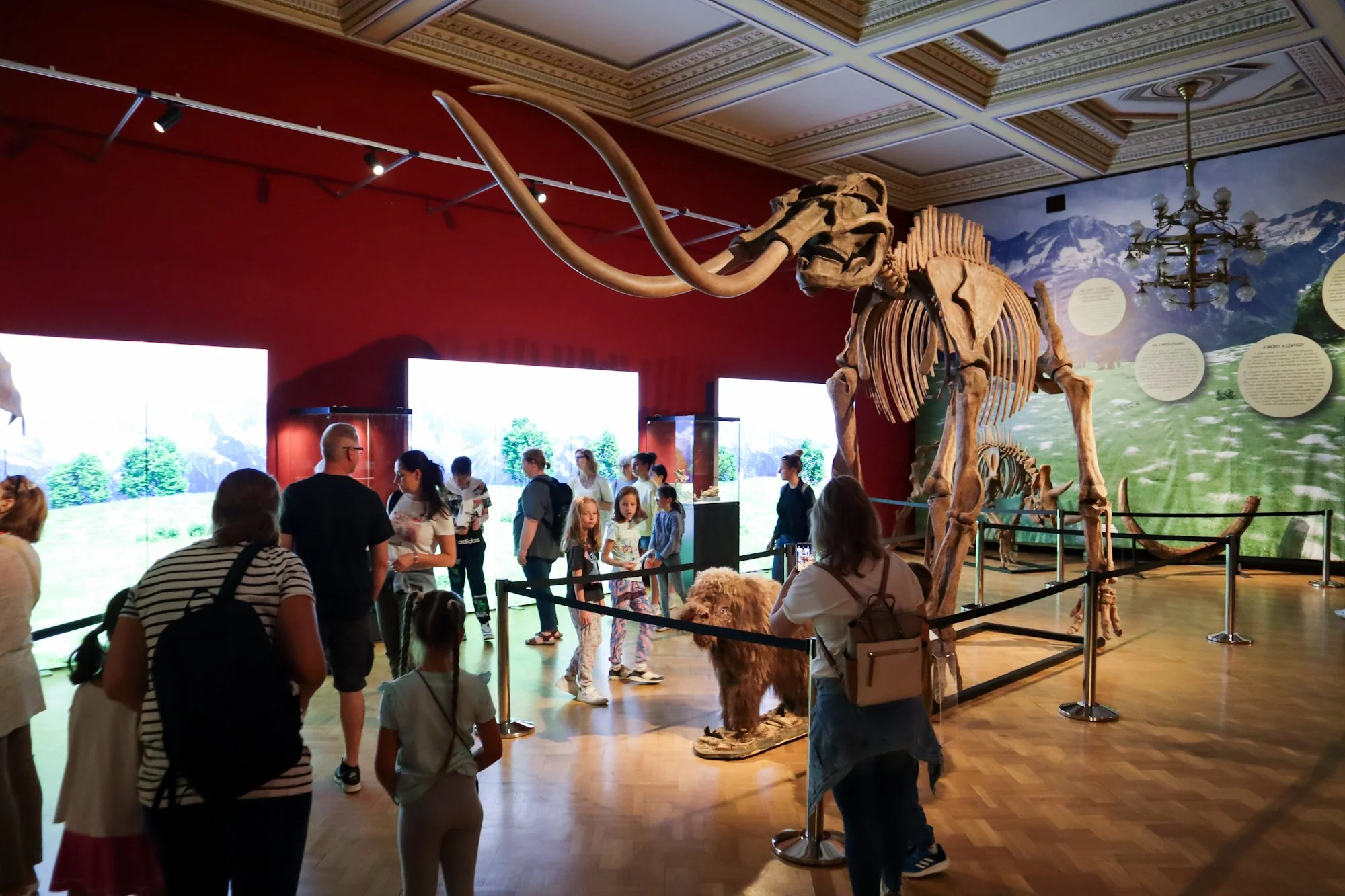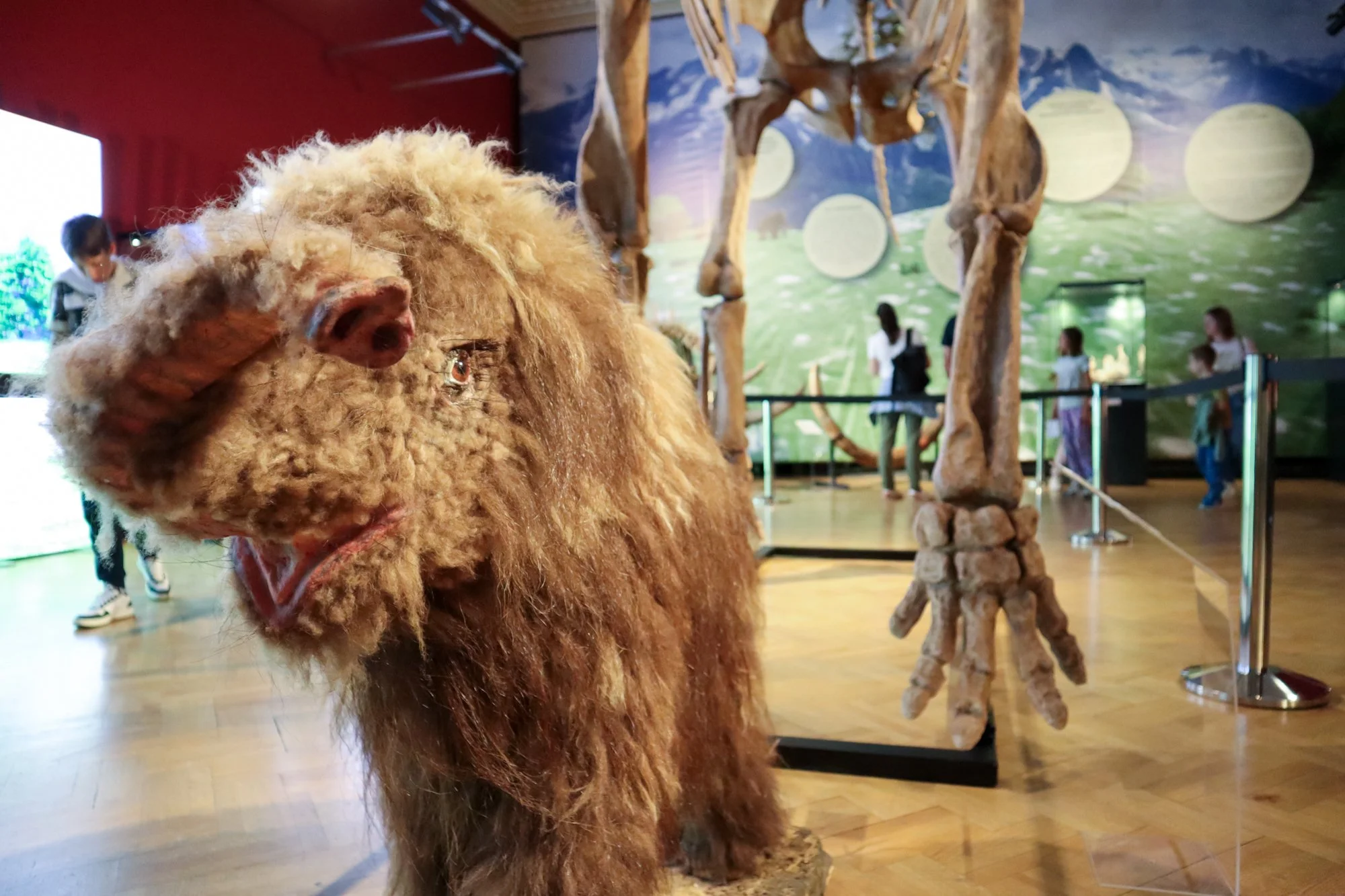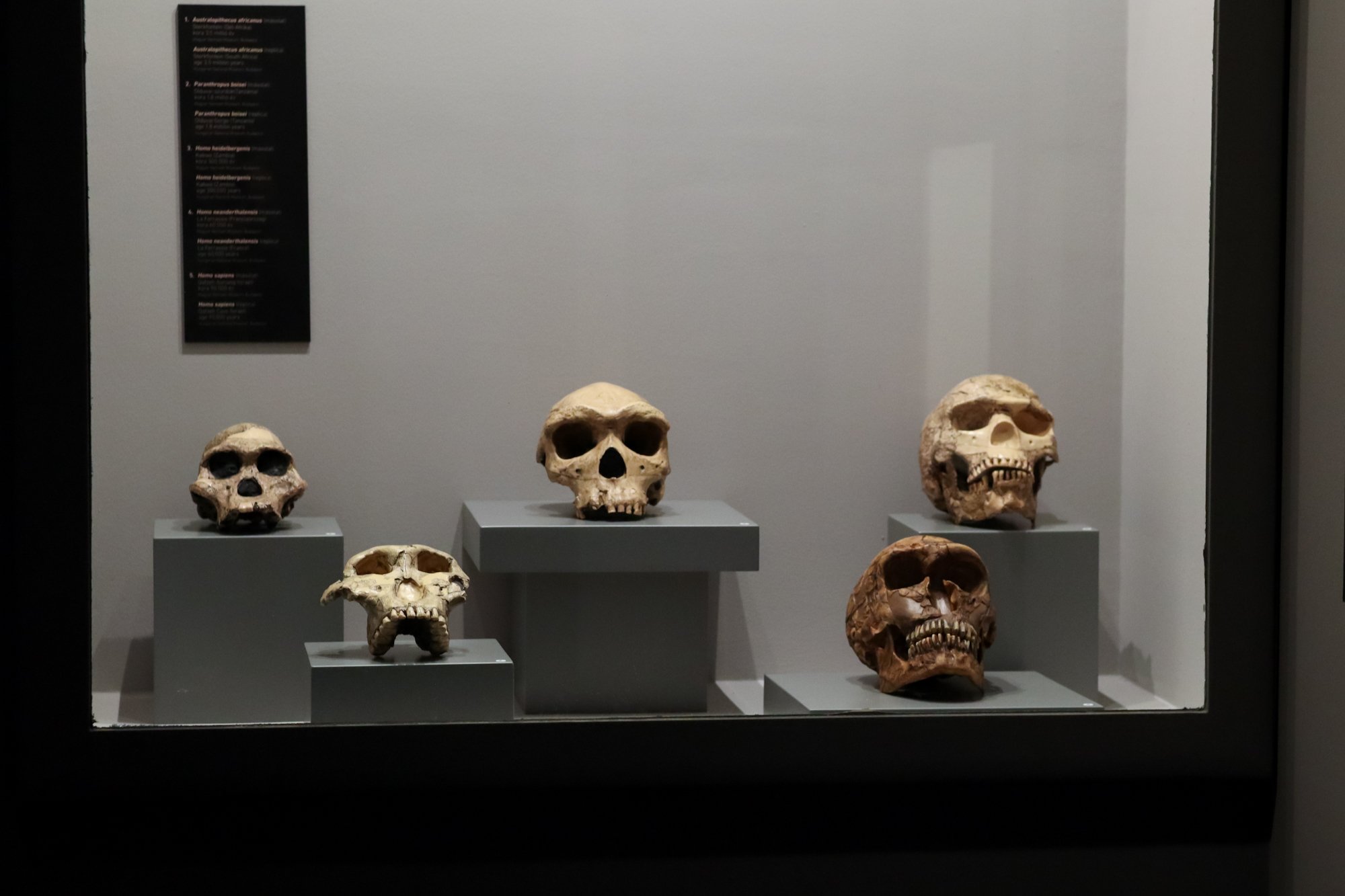Móra Ferenc Museum to launch Ice Age exhibition featuring prehistoric artifacts
A new exhibition opening in May at the Móra Ferenc Museum will transport visitors back tens of thousands of years to explore the lives and art of Ice Age humans, the institution announced in a press release.
The Ice Age exhibition’s first section will focus on early humans, showcasing rare original artifacts dating back 20,000 to 40,000 years. Among the highlights are spearheads, blades, chisels, and hide scrapers found in France — ancient tools that provide a glimpse into the technology and survival skills of prehistoric peoples.
Artifacts uncovered in Hungary’s Istállós-kő and Szeleta caves will also be featured, including spear and javelin tips that offer clues about local Ice Age communities. Exhibits will include objects crafted from elk bone and reindeer antlers, used by early inhabitants of the Carpathian Basin.
Another major exhibition feature will be a deep dive into the discovery of Spain’s famed Altamira Cave. First uncovered in 1879 by businessman Marcelino Sanz de Sautuola — or rather, by his daughter María, who spotted bison painted on the ceiling — the cave’s Paleolithic art initially drew skepticism from the academic community, which dismissed the works as forgeries.
Due to the delicate nature of the paintings, visitation is now strictly limited. At its peak in the 1970s, the site welcomed more than 150,000 visitors annually, leading to deterioration. Today, only five people are allowed inside each week.
The exhibition also explores Ice Age humans' evolution, biology, and survival strategies through original artifacts and detailed reconstructions.
Museum officials said the first phase of the exhibition will open in early May.
Source: Móra Ferenc Museum
Featured image: Izabella Linczer-Katkó / Móra Ferenc Museum






